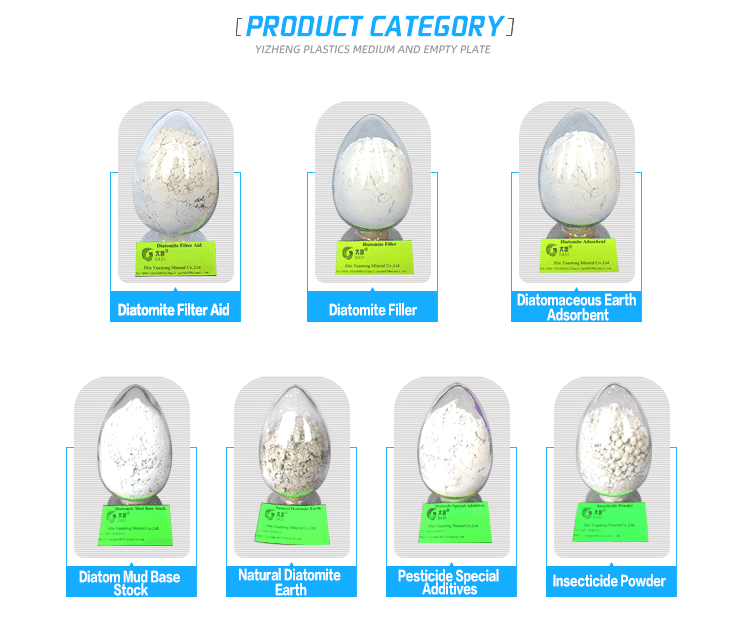As the main material of diatom mud, diatomaceous earth mainly uses its microporous structure to bring about the adsorption capacity of macromolecular gases such as benzene, formaldehyde, etc. The quality of diatomaceous earth directly determines the functionality of diatom mud In addition to the quality of diatomite determined by the texture of diatomite, its processing method has a more important influence on the adsorption of diatomite. At present, the commonly used methods of processing diatomite on the market mainly include roasting and calcination. The roasting requirements are high, the speed is slow, the output is low, and the cost is high, while the calcination requirements are low, the speed is fast, and the cost is naturally lower.
1. The so-called roasting refers to strictly controlling the temperature at about 500 degrees Celsius, slowly raising the temperature of the diatomaceous earth, and roasting at a constant speed for more than 2 hours, which can retain most of the pore integrity and good adsorption of the diatomaceous earth, and it is slow The temperature rise and constant temperature heating can remove organic impurities completely, and the whiteness is high and the particles are uniform.
2. Calcining refers to adding diatomaceous earth to the co-solvent and heating it in the furnace at a high temperature of 900 to 1150 degrees for 10 minutes to 30 minutes. The co-solvent quickly melts and bonds with the diatomaceous earth. Calcining can be done with less time and low cost. However, because the temperature is too high and difficult to control, it is easy to sinter and pellet the diatomite, which needs to be ground and broken to the required fineness, causing secondary damage to the pores on the surface of the diatomite. As the cosolvent melts and adheres to the surface of the diatomaceous earth, the pores of the diatomaceous earth are blocked, and the specific surface area of the diatomaceous earth is reduced. In addition, the high temperature as high as 1100 easily melts and disappears the micropores of diatomaceous earth, the micropore structure of diatomaceous body is completely destroyed, some of the pore walls are crystallized and melted, and the multi-vacancy structure of diatomaceous earth is penetrated, resulting in reduced adsorption.
The experiment of diatom mud showed that 100g of diatomaceous earth was calcined at 500 degrees Celsius for 2 hours and 5% co-solvent was added, and then the surface was calcined at 900° and 1100°, respectively, and the surface was observed under a scanning electron microscope.

After calcination at 500°, the surface of diatomaceous earth is very complete, and the pores have no signs of collapse or fusion, indicating that it has high adsorption. After being calcined at 900 ℃, the diatomaceous earth exposed the siliceous circular sieve disc, and its surrounding edges had melted. The micropores in the circular sieve body were blocked due to the gradual melting, and part of the original sieve body was broken into fragments.
After calcination at 1150 ℃, the micropores on the surface of the diatomaceous earth melted and disappeared, the micropore structure of the diatomaceous body was completely destroyed, and the adsorption was completely lost.
It can be seen that even the different processing techniques of diatomaceous earth from the same producing area will cause huge differences in the adsorption effect of diatomaceous earth. Therefore, Dr. Ni’s diatomaceous earth chooses high-quality roasted diatomaceous earth as the main raw material of diatomaceous earth to ensure The unique crystal adsorption structure of diatomaceous earth is not destroyed, and the adsorption capacity of diatom mud is guaranteed to the greatest extent, laying the foundation for the functionality of Dr. Mud’s diatom mud to purify air.
Media Contact
Company Name: Jilin Yuantong Mineral Co.,Ltd
Email:Send Email
Phone: 0086-13051121576
Country: China
Website: https://www.dadidiatomite.com/
